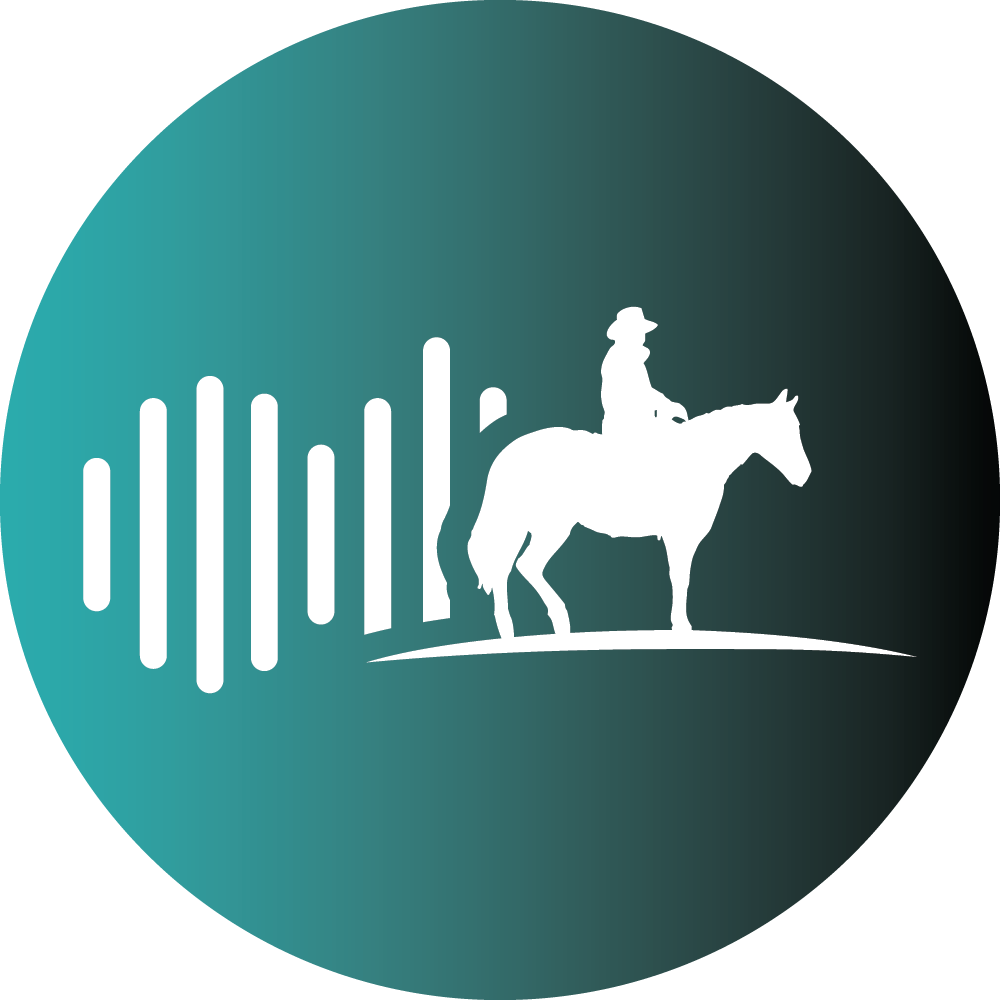Solidifying Wildlife Crossings Program may open door for local efforts along U.S. 191
By Mira Brody VP MEDIA
On Nov. 18, U.S. Rep. Ryan Zinke introduced a bipartisan bill to permanently authorize the federal Wildlife Crossings Program, a grant initiative that helps states and tribes build overpasses, underpasses and other structures to reduce wildlife-vehicle collisions. The legislation, written by Rep. Don Beyer of Virginia, would extend funding for these efforts through 2031 and provide tribes a 100% federal cost share, along with support that would aid project completion.
“Wildlife crossings save lives and are good for healthy herds,”Rep. Zinke stated in a Nov. 18 press release from his office. “As the Secretary of the Interior, I launched the first federal effort to protect big-game migration corridors and dedicate federal dollars to crossings in the West. This bill locks in the progress we started, keeps the funding flowing to the states and tribes that need it most, and ensures Montana families don’t have to risk their lives or lose the wildlife we all cherish driving to work or school.”

Rep. Zinke said the bill will help keep Montana drivers and wildlife safe. The focus of the bill will be to: extend funding through 2031; provide 100% federal cost share for projects led by tribes and application assistance for tribes; allow for funds to be unimpeded by federal processing; and cap administrative costs at 0.5% so the maximum amount reaches projects.
Montana is considered a national leader in wildlife crossing projects, according to the release, with ongoing work along U.S. Highway 191 in Gallatin Canyon, U.S. Highway 93 on the Flathead Reservation, and other high-collision corridors. U.S. 191 in particular is a hotspot for wildlife collisions, as determined by a study spearheaded by the Center for Large Landscape Conservation and Montana State University’s Western Transportation Institute.
“The bill is an important step towards both permanent and adequate funding to meet the overwhelming demands for funds to protect both wildlife and people from the harm caused by wildlife-vehicle collisions occurring every day across the United States,” Greg Costello, CLLC’s connectivity program director, stated in a press release from CLLC. “Supporting wildlife crossings is a national need, and one of the most effective measures we can take to protect both wildlife and the safety of people who live where wildlife are present.”
CLLC mentioned they are grateful for Rep. Zinke’s leadership on the bill—Senior Conservation Director Katie Deuel and Chief Strategy Officer Deb Kmon Davidson happened to be in Washington D.C. for a board meeting and stopped by Rep. Zinke’s office to celebrate when the news broke. While the Bozeman-based nonprofit operates globally, the bill will pave an easier path on their efforts to bring wildlife crossing options to U.S. 191. It’s also reassurance that wildlife movement is becoming a regular conversation in infrastructure planning all the way up to Capitol Hill.
“As you know, our project wasn’t funded in 2024 even though it ranked super high—there just wasn’t enough money,” Kmon Davidson told EBS over the phone shortly after her visit to Zinke’s office. “This hopefully will be what gives us a boost and the funding to accomplish and get these very much needed wildlife crossings built.”
While they await news of whether Zinke’s bill will pass, Kmon Davidson said CLLC will continue to work with the Montana Department of Transportation to apply for funding.
“If there is another opportunity to apply, MDT and CLLC will work together to apply for funding for the three crossings,” Kmon Davidson said, referring to a new wildlife overpass, upgrades to an existing underpass, and a bridge retrofit to allow wildlife to pass safely over and beneath U.S. 191.
“This codifies was what right now is a pilot program, and that’s amazing,” Kmon Davidson said. “That signifies that this issue wasn’t just of interest for a little while—it’s become a mainstream, conservation and transportation issue.”













